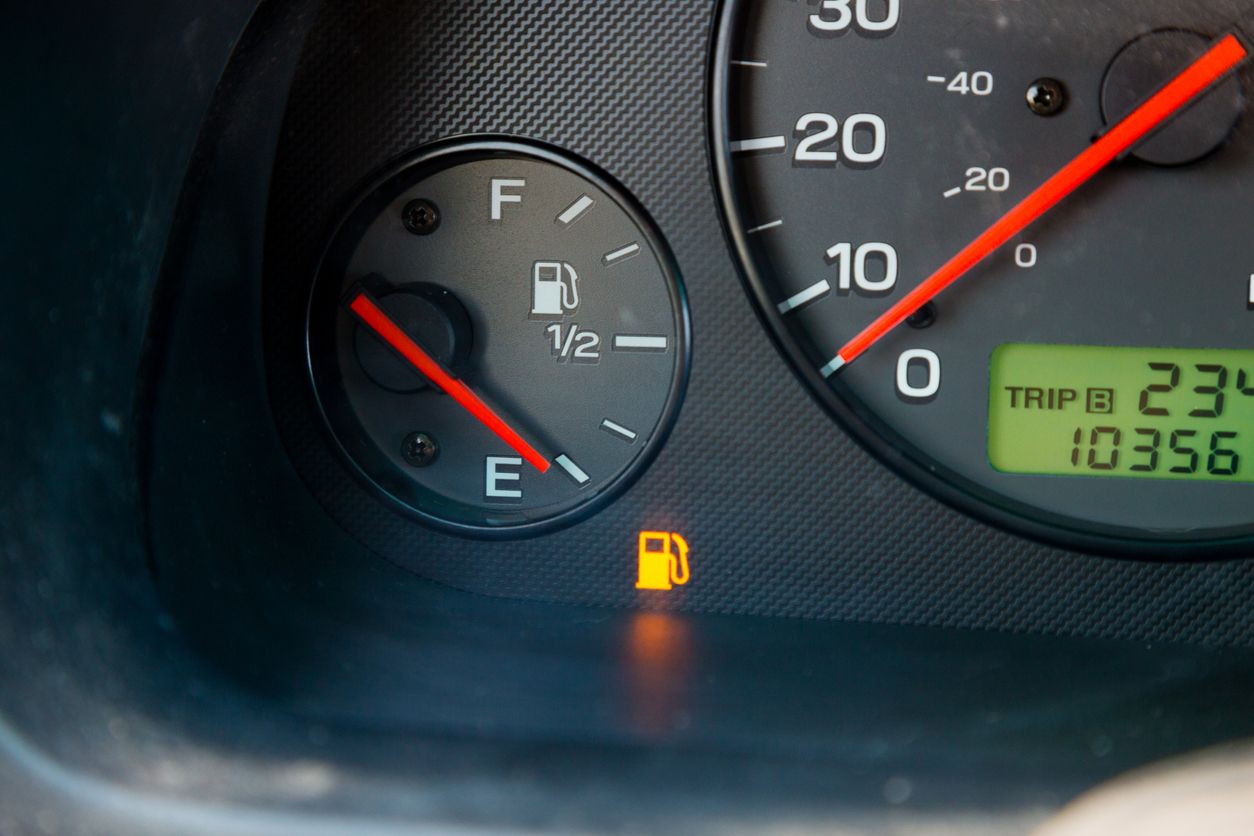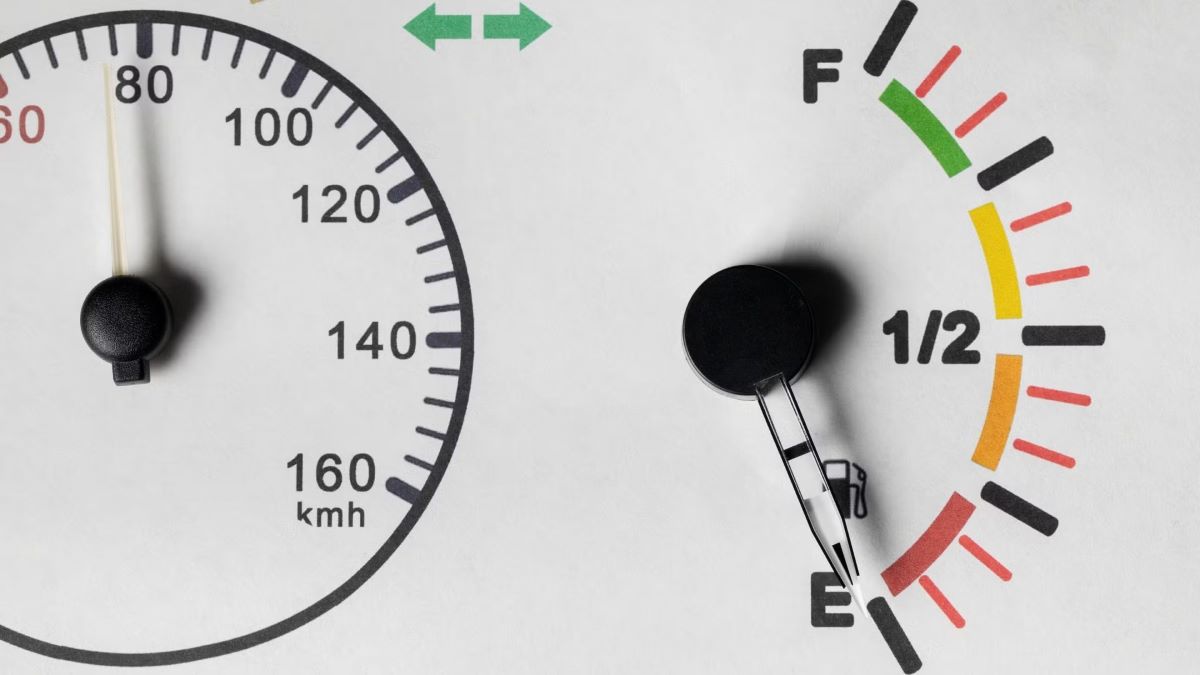With an increasing number of vehicles reaching high-mileage milestones, many drivers are left wondering: “Why is my car gas mileage getting worse?
”A car that initially boasted an EPA-rated 28 MPG might drop to just 20 MPG or worse after surpassing 100,000 miles.
This decline in fuel efficiency doesn’t just impact your wallet; it also means more frequent trips to the gas station.
If your gas mileage has worsened as your car ages, there are plenty of strategies to improve fuel efficiency and save on gas.
Explore why fuel economy declines over time and discover practical tips for keeping your car running smoothly, mile after mile.
Why Does Fuel Efficiency Decline in Older Cars?
While it may seem intuitive that older cars inherently experience worse gas mileage, the truth is that poor maintenance is often to blame.
Vehicles that are consistently maintained according to their manufacturer’s schedule tend to retain better fuel economy over time.
Regular upkeep is crucial for keeping your car efficient. However, as vehicles accumulate 100,000 miles or more, staying ahead of maintenance can be tricky. Additionally, factors like extreme weather can further strain fuel efficiency.
To help your car perform as it did when you first drove it off the lot, start by addressing the following common culprits.
10 Reasons Your Gas Mileage May Be Dropping
1. Clogged or Damaged Fuel Injectors
Fuel injectors are responsible for spraying fuel into the engine’s cylinders in a precise pattern.
When injectors become clogged or dirty, their spray becomes inefficient, much like a showerhead with poor water pressure. This leads to reduced engine efficiency and lower gas mileage.
Dirty fuel injectors can often be cleaned, but severe damage may necessitate replacement.
2. Old Engine Air Filter
Engines require air to operate efficiently. A dirty or clogged air filter restricts airflow, forcing older engines to burn more fuel to maintain speed. While newer engines may attempt to compensate, they may also perform poorly under these conditions.
Check your owner’s manual for guidance on air filter replacement, which typically occurs every 15,000 to 30,000 miles.
Unlike oil filters and fuel filters, the lifespan of an engine air filter (distinct from the cabin air filter) can vary significantly depending on the environment in which the vehicle is driven. In contrast to oil and fuel filters, where the filtering material is usually enclosed in a sealed container, an engine air filter can be easily removed from its housing for inspection.
While most vehicle maintenance schedules recommend replacing the air filter between 30,000 and 45,000 miles (with a possible time-based interval as well), many also include a shorter replacement interval for vehicles subjected to “severe service.”
3. Dirty Oxygen Sensor
Since 1996, most vehicles have relied on oxygen sensors to measure the air-fuel mixture in the engine. A dirty or faulty O2 sensor can send incorrect data to your car’s computer, causing the engine to burn too much fuel.
This issue can reduce efficiency by up to 40%. O2 sensors should be inspected and potentially replaced around the 100,000-mile mark.
4. Clogged Fuel Filter
Fuel filters prevent contaminants from entering the engine. A clogged filter can reduce fuel pressure and negatively impact engine performance.
For older vehicles, it’s recommended to replace the fuel filter every two years or 30,000 miles. If you suspect a clogged filter, a professional fuel pressure test can confirm the issue.
5. Worn-Out Piston Rings
Piston rings seal the engine cylinders to maintain compression. Worn rings reduce compression, leading to diminished fuel efficiency.
Regular oil changes using the manufacturer-recommended oil type can help protect piston rings and maintain engine performance.
Before delving into the symptoms of piston ring failure, it is important to understand the function and location of piston rings.

Piston rings, sometimes called oil control rings, are small, cost-effective components located deep within the engine. These rings are attached to the pistons and are essential in maintaining the pressure within the combustion cylinder.
The combustion cylinder is where the air-fuel mixture is combined and ignited, creating an explosion that generates the force necessary to rotate the crankshaft.
This rotational motion then helps to fill other cylinders with the fuel-air mixture, igniting them in turn. This cycle produces the power needed to drive the engine and move the vehicle, as well as any attached load.
6. Bad Ignition System Components
The ignition system, including spark plugs and coils, ignites the air-fuel mixture in the engine. Malfunctioning parts can cause misfires, wasting unburnt fuel and reducing mileage.
Signs of ignition system trouble include rough idling, decreased power, or stumbling. Spark plugs are a common culprit and may need replacement.
7. Old or Incorrect Engine Oil
Some believe older cars require thicker oil to prevent leaks, but this can increase resistance between engine parts, lowering fuel efficiency.
Specially formulated high-mileage oils can condition seals and reduce leaks, but always use the oil type specified in your owner’s manual for optimal results.
8. Dirty Mass Airflow Sensor
The mass airflow sensor measures the air entering the engine and helps determine the proper fuel mixture. A dirty sensor can miscalculate the ratio, reducing efficiency or even stalling the engine.
Cleaning the sensor with a specialized spray can resolve this issue.
9. Underinflated Tires
Low tire pressure increases rolling resistance, requiring more energy from the engine and reducing MPG.
Modern vehicles often feature tire pressure monitoring systems (TPMS), but these only activate after significant pressure loss. Regularly check tire pressure and consider fuel-efficient tires, like Bridgestone Ecopia, to maximize mileage.
A tire that is underinflated tends to exhibit more wear on the inner part of the tread compared to the edges. Keeping your tires underinflated leads to several problems for both your car and the tires, in addition to creating potential safety risks.
For one, underinflated tires lower your fuel efficiency, meaning you will be spending more money on gas and burning more fuel than necessary.
Additionally, underinflating your tires can result in excessive heat buildup, which not only accelerates the wear on your tires but can also cause them to blow out completely.
10. Worn or Stuck Brakes
Sticky brakes or worn-out components can create resistance, forcing the engine to work harder and drastically lowering fuel efficiency.
Regular brake inspections can help identify and resolve these issues.

